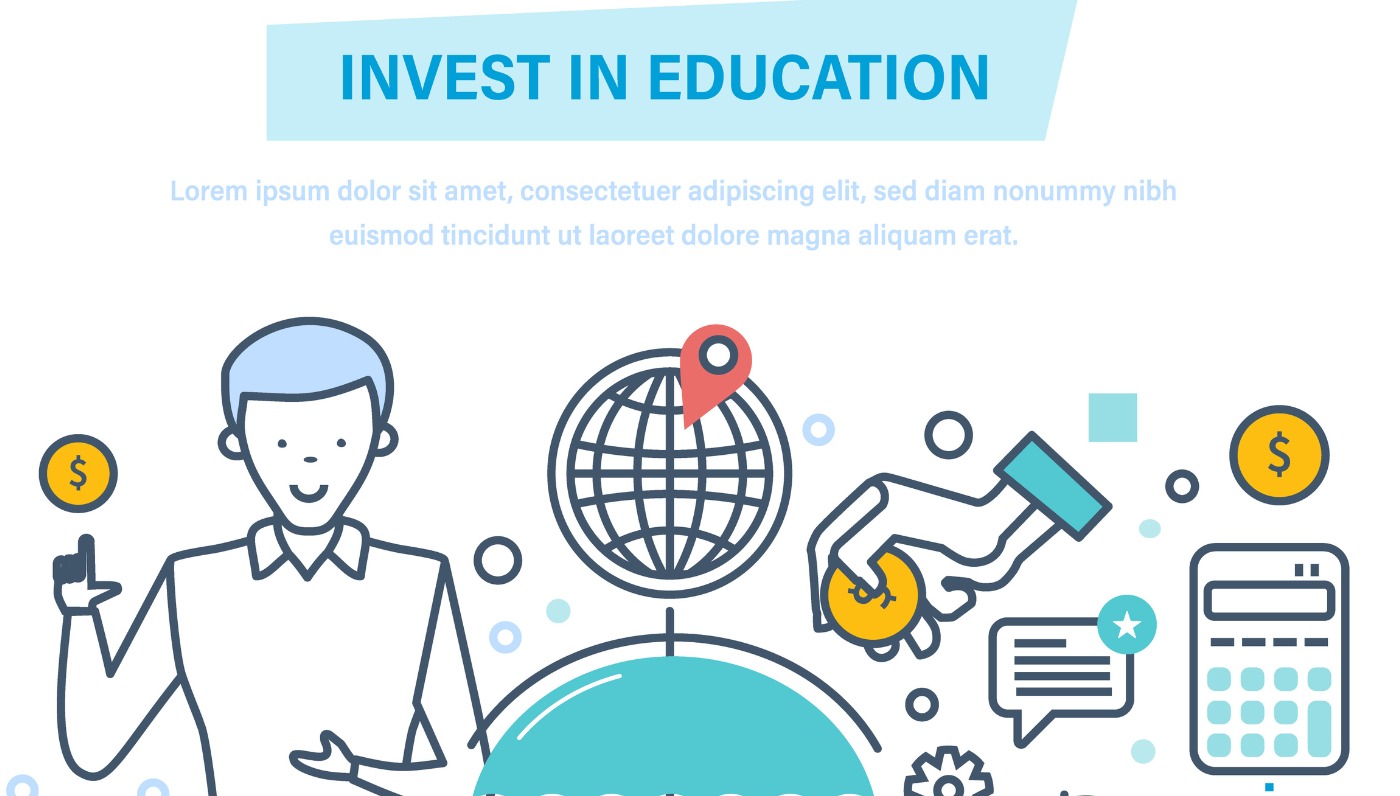Pasadena City College Foundation: Building a Brighter Future
If you’ve ever walked any of the Pasadena City College (PCC) campuses, you’ve already experienced the great work done by its philanthropic partner, the PCC Foundation. While it provides financial and other support for the school’s students, staff, and faculty, the Foundation also raises capital for building and campus development projects. Considering the success enjoyed by both PCC and its educational and regional communities, the Foundation’s efforts are providing a remarkable return on their investments.
A Broad Mission
Fundamentally, the Foundation’s mission is to find community and financial support to enhance the education systems at PCC. That broad statement allows its 36-member Board of Directors to focus on a variety of projects, each of which offers a distinctly different type of educational advantage. Together, the projects infuse the school with millions of dollars of educational value each year.

A Variety of Supports
The PCC Foundation raises, manages, and disburses funding for a variety of education-related causes:
Student Supports
The PCC Foundation prioritizes the well-being of PCC students in both its financial and development planning.
A Dedicated COVID Response
While funding scholarships to cover the costs of tuition, books, and college incidentals, today, the Foundation is also assisting students impacted by the COVID-19 pandemic. Responding to donor outreach, Foundation staff members are coordinating the distribution of financial resources to students whose lives have been upended by the school’s closure and the state’s ‘safer at home’ mandate. Students needing funds to cover unexpected costs for housing, child-care, or medical expenses should apply. There are also funds for those needing technology to access online resources to maintain their educational progress. Continuing donations for this purpose are always welcome.
Scholarships
Even without the pandemic, the Foundation dedicates much of its effort to assisting PCC students through its scholarship programs. Those provide funding to all students who lack the resources they need to gain access to the education they crave.
Scholarships based on both merit and use requirements are offered, and applications are developed and submitted through the academicworks.com link. Students who are active outside school can include those efforts on their application, too, regardless of whether they are hobbies, work, or even family care responsibilities. Two scholarship cycles per year keep applications options open, so learners can apply when it works best for them.
To ensure no one misses out, there’s even a ‘Scholarship Workshop Video‘ that walks learners through the steps of applying and qualifying for a PCC Foundation Scholarship. The video contains valuable and timely information about dates, deadlines, policies, and procedures, and includes tips to develop a comprehensive and successful scholarship application.
For the 2018-2019 school year, the Foundation provided scholarships totaling over $1,155,000.
Personnel Supports
The people who work at PCC are also favored with recognition and accolades every year. In addition to the scholarships and the general fund, the Foundation also sponsors the Risser Awards to recognize the outstanding efforts of exceptional PCC individuals.
The Risser Award – Outstanding Teacher
Every year, the Foundation also recognizes that one remarkable teacher who, for that school year, epitomizes the best qualities of college-level education. Nominated by students, these exemplary educators offer consistently high-quality teaching and fair and informed evaluations and grades. As inspirations to their students, these teachers represent the best of the school and act as leaders for the rest of the faculty and staff.
The Risser Award – Outstanding Support to Education
Every college is more than just its students and faculty. Supporting them all is a dedicated staff focused on providing the infrastructure and services needed to ensure a high-quality education for every learner. The Risser Award for Outstanding Support to Education recognizes the PCC staff person who has risen above the clamor of a busy college setting to provide unparalleled service with a happy attitude and the highest demonstration of character. These Award winners offer consistent and reliable job performance year after year, helping both students and teachers achieve their annual and educational goals.
Special Projects
The Annual Fund provides funding for more substantial, specialized, or capital projects.
PCC’s E Applied Music program, just one offering in the school’s Music Department, offers instruction and classes for specific instruments or singing to enhance the student’s performance and technical skills. The Foundation enhances this program by facilitating the F PCC Piano Project, which collects and distributes donor contributions to dedication pianists. The funds help pay tuition, provide scholarships, and sponsor masterclasses and ‘Artists in Residence.’ Additionally, the funding helps to maintain the 56 pianos that live permanently on the PCC campus.
Capital Projects
As noted, PCC’s campus has been blessed by the generosity of the Foundation donors, whose contributions are responsible for much of the beauty and design of the school’s physical facilities.
The Robert G. Freeman Center for Career and Completion is just completing its first year in operations and is proving to be a magnet for both career-minded students and local and regional businesses looking for talent.
The Center for the Arts on the Pasadena campus is the home of both the Music Department and its Piano Program.
The Boone Sculpture Garden at the heart of the campus is home to three works by internationally renowned sculptors. They sit peacefully alongside the Galloway Plaza.
Also attached to the Sculpture Garden is the Jameson Foundation Amphitheater, which offers a pleasant and peaceful gathering spot for students and staff.
Most PCC citizens have enjoyed at least one sports spectacular in the Robinson Stadium, dedicated during the Fall 1999 semester. The facility supports PCC’s athletes while providing its community with fun and healthy spectator events.
Many of the capital campaigns are named after notable PCC alumni or their family members.
Funding the Foundation
The PCC Foundation solicits financial gifts in three forms:
Straight-up donations, that usually go to the Annual Fund if not otherwise designated;
Endowments of specific College assets, such as department chair positions;
and Planned Giving.
The accumulated funds are invested every year by an outside financial partner, and the annual interest is used to fund specific projects.
Therefore, the school’s donors are critical to the success of both the Foundation and Pasadena City College. The Board of Directors’ recently released strategic plan is undoubtedly just one reason donors continue to donate their hard-earned resources to the school. It outlines their four priorities for PCC investments, and why those are important to the school and its community:
1 Increase student scholarships through enhanced contributions to the College’s Promise Program.
2 Improve Career and Technical Education capacities by providing upgraded technologies and systems and the educators and experiences required to master them.
3 Expand the Arts department by reaching deeper into the resources available in its neighboring Los Angeles entertainment industry.
4 Enhance Athletics by maintaining world-class facilities to develop and produce world-class champions like alumni Jackie Robinson and Coach Jerry Tarkanian.
Pasadena City College offers its students an amazing education at an equally amazing price. Helping them achieve those goals is the PCC Foundation, a dedicated group of 36 individuals who give their time, expertise, and money to the further development of one of Pasadena’s shining resources. Don’t you want to donate to the Foundation now, too?



















